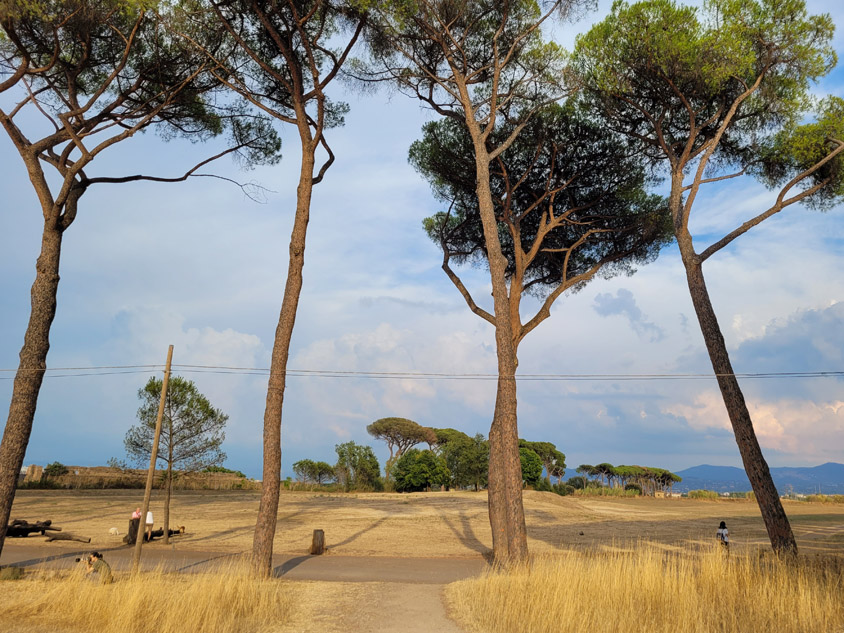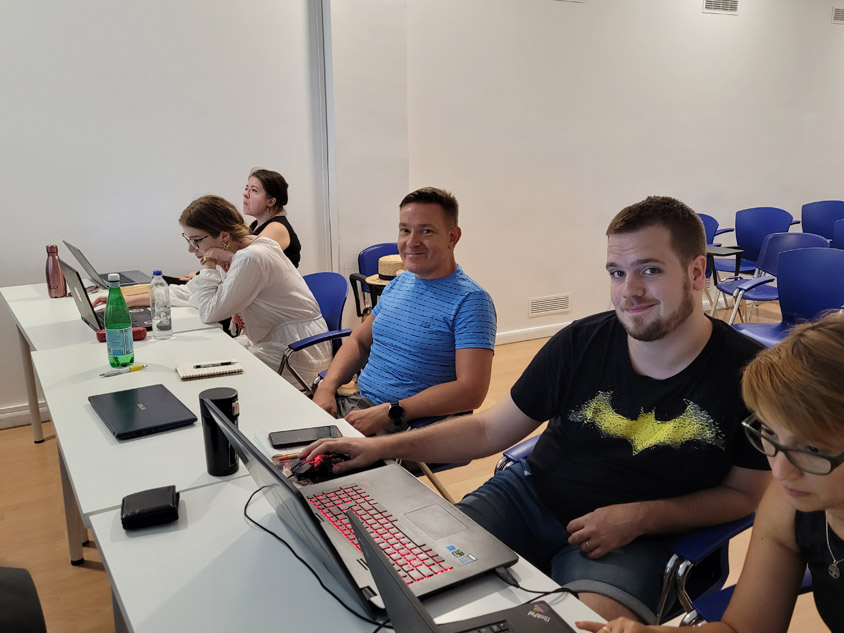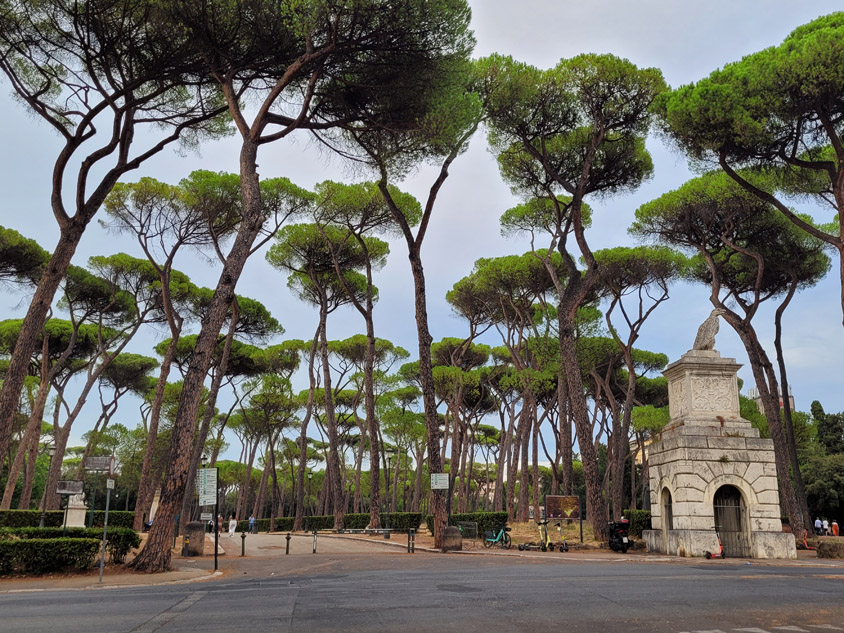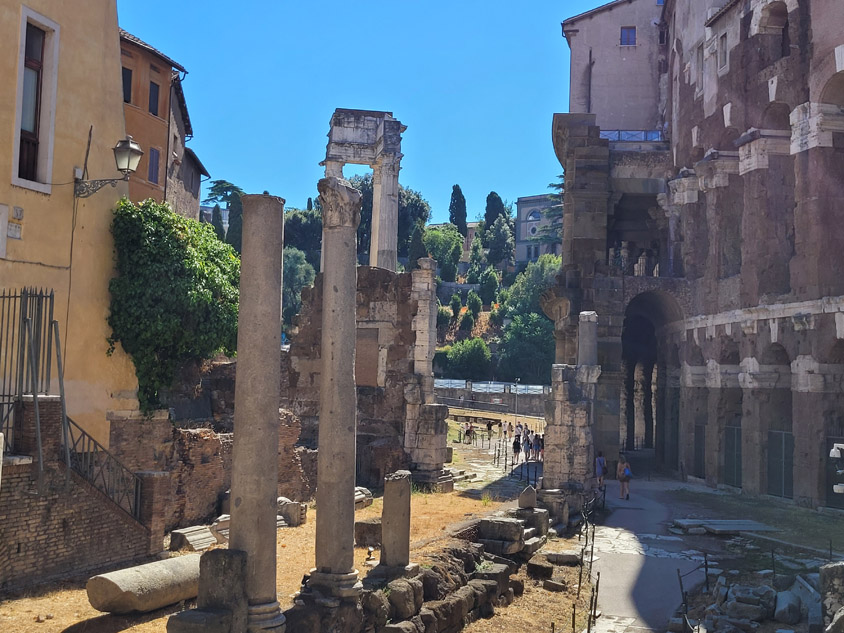This mobility experience was the second in a row for me in the 12 months long Erasmus project of our Avicenna International College in Budapest:
Building bridges between EU schools to provide opportunities for our pupils of today and tomorrow.
I picked this course because my ICT skills definitely needed a good polishing to be able to use an ever-increasing array of digital platforms in the classroom to make teaching not only all the more interesting but also more up to date in line with the latest developments to help the progression of our students. What I was after in particular was PBL and the collaborative approach put in practice.
In retrospect, I did not regret it at all, as every digital platform we were introduced to was new to me so I can tell that I have acquired new skills and novel knowledge every day of our training in Rome. Same with the Città Eterna, I knew it well as I have spent a long time here but still, every afternoon I discovered and learned something totally new.

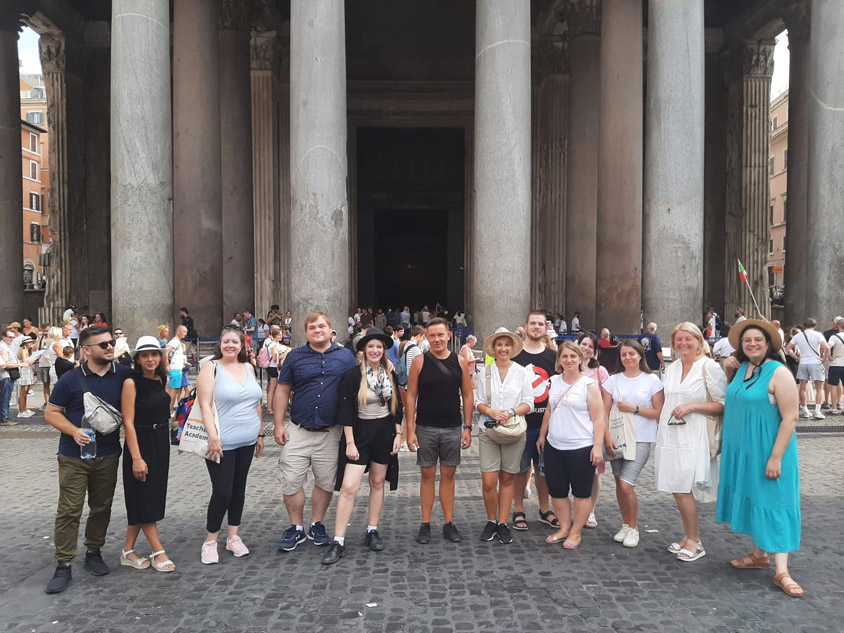
The teacher training was held in a rented office place in the Open Area close to Cipro metro station in a vibrant and up and coming neighbourhood Prati, which is at the periphery of the centre. Our trainer was Dui Gandolfi who is a neuroscientist by profession and did his PhD in the interactions between human and machine. He was very well prepared and put a great emphasis on practical approach as we had to do a lot of independent group work. We were sorted in three different groups (A, B, C) the members of which were changed in the second half of the week to give more chances to everyone.
My classmates came from four different countries, 3 from Hungary, 2 from Germany, 7 from Romania and 2 from Spain, making it 14. We introduced our schools throughout the week as it is a well-known practice already during Erasmus courses. My expectation was again, to have more high school colleagues on the course but this time as well as on previous occasions, the participants were mainly from elementary schools and some non-teaching staff. The level of English was impeccable on the part of Hungarian, Germans, and also some Romanian colleagues but the usual 30% of participants did not speak much English.
The main platform to use was Milanote which is an online whiteboard to brainstorm ideas and work in teams, a smart tool to organize ideas and projects into visual boards. You can add notes, images, links and files, organize them visually and share them in real time.
Among the applications we were introduced to, was the Padlet, where we had to create our personal individual storytelling white board with cards on it, to present them to the others to comment on.
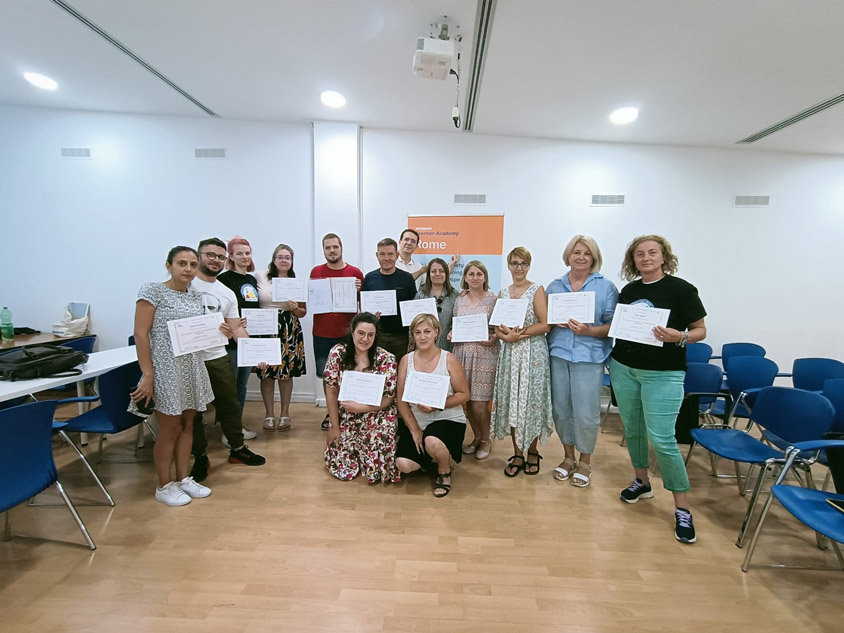
The first really collaborative task was to work out an elaborate answer group by group to the question: How can you sell the knowledge you acquire at a school, based on the following aspects:
- process,
- fact,
- feeling,
- creativity,
- benefits and cautions.
Then, by using the Miro app integrated into the Milanote platform we had to work out as Group A, B or C what Creativity is on the online WB using colour codes. This was an innovative method to fill in an interactive questionnaire, something we can also use at the end of our class to re-galvanise our students before they go for a break. Plot generator was another interesting tool as groups of students can collaboratively work together to build a story or even a History lesson by using words the teacher provides them with.
Rome 22-26 May 2023
article by Steve Szabó


